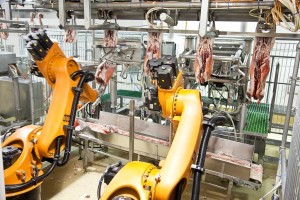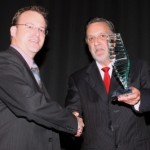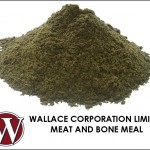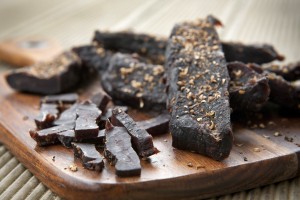 The importance of the East Asia region as the most significant market for New Zealand and Australian food and fibre products is set to grow in coming years, highlighted more recently by the global economic downturn, according to Rabobank.
The importance of the East Asia region as the most significant market for New Zealand and Australian food and fibre products is set to grow in coming years, highlighted more recently by the global economic downturn, according to Rabobank.
In a recent report titled, Feeding East Asia’, Rabobank senior analyst Marc Soccio says the global and economic downturn has sharpened the focus onto the East Asian region as it continues to expand its slice of the global economic pie, offering opportunities no longer available in traditional markets as incomes grow and diets change in fundamental ways.
“The significance of East Asia to New Zealand and Australian farmers and agribusinesses is growing from an already strong base, with markets in developing economies coming on-stream to supplement more established markets in the region,” Mr Soccio says.
“As developing countries across East Asia continue to grow their share of the global economy, rising incomes are gradually transforming household consumption patterns. Opportunities for greater trade with the region are widespread and are more or less subject to the ongoing evolution of strong and sustainable consumer economies.”
Soccio says supply chains are evolving, and competition to capture value from rising trade flows is arising from both within the region and beyond.
“But overall, with a greater understanding of this diverse region, New Zealand and Australian suppliers appear well positioned to satisfy growing demands for a greater range and value of food and fibre production in years to come.”
The cultural and socio-economic diversity inherent in East Asia remains a defining characteristic that makes the region a particularly complicated prospect to navigate.
Accordingly, Soccio says the need to better understand the region and its future direction has never been so great, as this will provide New Zealand and Australian food producers with the competitive advantage required to explore the right markets, in the right way, at the right time.
On the topic of the rising tide of foreign ownership in the sector, the Rabobank report refers to the case of Australia’s sugar sector which undertook a significant shift in ownership of the industry’s downstream milling assets in the period from 2010 to 2011.
“In fact, over the past decade, control of almost three-quarters of Australia’s downstream sugar refining assets have been acquired by foreign investors – around two-thirds are now owned by businesses based in East Asia,” says Soccio.
“The investment into the sector has had a revitalising effect, but it has also significantly changed supply chain dynamics, with cane farmers now needing to be more mindful of how they transact with parties further downstream.”
The value created by opportunities to supply food and fibre products to East Asia into the future will be influenced by a number of factors.
According to Soccio, competition from suppliers, both within the region and in other parts of the world, will continue to put the strong reputation of New Zealand and Australian food producers to the test.
“Many countries across East Asia are significant agricultural producers in their own right and will try to meet their own needs as best as they can, which can limit opportunities for some crops where New Zealand and Australian producers may not have a clear cost or quality advantage.”
Soccio highlights other competitive forces, such as the way in which value is shared in the supply chain, as well as exchange rates and bilateral trade negotiations, will also have a bearing.
“One way or another, the stronger ties being forged to the region through greater inbound and outbound trade and investment will underline New Zealand and Australia’s pivotal role in feeding Asia in the years to come,” he says.
Rabobank New Zealand is a part of the international Rabobank Group, the world’s leading specialist in food and agribusiness banking. Rabobank has more than 110 years’ experience providing customised banking and finance solutions to businesses involved in all aspects of food and agribusiness. Rabobank is structured as a cooperative and operates in 48 countries, servicing the needs of approximately 10 million clients worldwide through a network of more than 1600 offices and branches. Rabobank New Zealand is one of the country’s leading rural lenders and a significant provider of business and corporate banking and financial services to the New Zealand food and agribusiness sector. The bank has 31 branches throughout New Zealand.
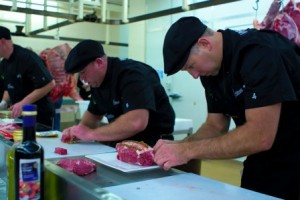 Alliance Group’s export brand Pure South has been confirmed as principal sponsor of the annual butchery test match which will now be known as the Pure South Butchery Tri-Nations.
Alliance Group’s export brand Pure South has been confirmed as principal sponsor of the annual butchery test match which will now be known as the Pure South Butchery Tri-Nations.








